

Articles
How Long To Install A Dishwasher
Modified: March 21, 2024
Looking for articles on how long it takes to install a dishwasher? Find expert advice, step-by-step guides, and tips from professionals to help you with the installation process.
(Many of the links in this article redirect to a specific reviewed product. Your purchase of these products through affiliate links helps to generate commission for Storables.com, at no extra cost. Learn more)
Introduction
Installing a dishwasher can be a game-changer in a busy household, saving time and effort when it comes to washing dishes. However, one question that often arises is how long it takes to install a dishwasher. The duration of the installation process can vary depending on several factors, including the level of preparation, the skill level of the installer, and any unforeseen challenges that may arise.
In this article, we will explore the factors that can affect the overall installation time of a dishwasher. We will also provide a step-by-step guide to the installation process, as well as common challenges that may arise and how to troubleshoot them.
Before we delve into the details, it’s important to note that this article is intended as a general guide. The installation time can vary depending on the specific dishwasher model and the individual circumstances of the installation. It’s always recommended to consult the manufacturer’s instructions and, if needed, seek professional assistance to ensure a proper and safe installation.
Now, let’s take a closer look at the factors that can impact the time it takes to install a dishwasher.
Key Takeaways:
- Installing a dishwasher’s duration varies based on factors like preparation, skill level, location, and dishwasher type. Proper planning, following instructions, and troubleshooting can ensure a smooth installation process.
- Preparing for dishwasher installation involves measuring, checking electrical and plumbing compatibility, gathering tools, and familiarizing with the manufacturer’s instructions. Addressing common challenges promptly can lead to a successful installation.
Read more: How To Install A Samsung Dishwasher
Factors Affecting Installation Time
Several factors can influence the time it takes to install a dishwasher. Understanding these factors can help you anticipate and plan for a smoother installation process. Here are the key factors to consider:
- Preparation: The level of preparation required before installing a dishwasher can significantly impact the installation time. If your kitchen already has the necessary electrical and plumbing connections in place, the installation process will be faster. However, if you need to make modifications or create new connections, it may take longer.
- Skill Level: The experience and skill level of the installer can also affect the installation time. If you’re a DIY enthusiast with prior experience in plumbing and electrical work, you may be able to install the dishwasher more quickly. On the other hand, if you’re not confident in your skills, it’s best to hire a professional who can ensure a safe and efficient installation.
- Location: The location where the dishwasher will be installed can impact the installation time. If the dishwasher will be placed near existing plumbing and electrical connections, the installation process will be relatively straightforward. However, if the installation requires extending or rerouting these connections, it can prolong the installation time.
- Size and Type of Dishwasher: The size and type of dishwasher you choose can also affect the installation time. Built-in dishwashers typically require more time and effort to install compared to portable or countertop models. Additionally, larger dishwashers may require additional support or modifications to fit in the designated space, which can add to the installation time.
- Additional Features: Some dishwashers come with additional features or options that require extra installation steps. For example, if your dishwasher has a water softener or a garbage disposal, it may take longer to install these additional components properly.
By considering these factors, you can have a better understanding of the potential time needed for the installation process. However, it’s important to remember that every installation is unique, and unforeseen challenges may arise that can impact the overall time.
Pre-Installation Preparation
Proper preparation is crucial for a smooth and efficient dishwasher installation. Taking the time to prepare beforehand can help minimize any potential delays or complications. Here are the key steps to follow during the pre-installation phase:
- Measure and Plan: Before purchasing a dishwasher, measure the space where it will be installed, ensuring that it will fit properly. Consider the height, width, and depth requirements of the dishwasher model you choose. Additionally, make sure there is enough clearance for the door to open and close without any obstructions.
- Check for Electrical Compatibility: Verify that your electrical system can support the dishwasher’s power requirements. Most dishwashers run on a 120-volt circuit, but some models may require a dedicated 240-volt circuit. If necessary, consult a licensed electrician to ensure the electrical connections are suitable.
- Assess Plumbing Connections: Ensure that your kitchen has the necessary plumbing connections for the dishwasher. Check if there is a dedicated water supply line and a drain nearby. If not, you may need to hire a professional plumber to extend or create new connections.
- Gather Tools and Materials: Collect all the necessary tools and materials for the installation. This typically includes a screwdriver, adjustable wrench, pliers, level, Teflon tape, and a power drill. Review the manufacturer’s instructions to see if any specific tools or materials are recommended.
- Turn off Power and Water Supply: Prior to starting the installation process, turn off the power and water supply to the kitchen. This ensures safety and prevents any accidental water damage or electrical issues during the installation.
- Read the Manufacturer’s Instructions: Familiarize yourself with the dishwasher’s installation manual. Each model may have specific requirements or steps that need to be followed. Understanding the instructions beforehand will help you navigate the installation process more efficiently.
By taking the time to complete these pre-installation preparations, you can set the foundation for a successful dishwasher installation. Remember, if you’re unsure about any of the steps or requirements, don’t hesitate to seek professional assistance.
Before installing a dishwasher, make sure to measure the space to ensure it will fit. The installation process typically takes 1-2 hours, but may vary based on experience and any additional plumbing or electrical work required.
Installation Process
Installing a dishwasher typically involves several steps, but with careful planning and following the manufacturer’s instructions, you can successfully complete the installation. Here is a general outline of the installation process:
- Remove Old Dishwasher (If Applicable): If you’re replacing an existing dishwasher, start by disconnecting and removing the old unit. Turn off the power and water supply, disconnect the drain hose and water supply line, and carefully slide the dishwasher out from its designated space.
- Prepare the New Dishwasher: Unpack the new dishwasher and ensure all the necessary parts and accessories are included. Review the manufacturer’s instructions to familiarize yourself with the specific requirements for your model.
- Connect the Water Supply: Attach the water supply line to the dishwasher, ensuring it is securely connected. Use Teflon tape to create a watertight seal. If necessary, consult a professional plumber to help with any modifications or extensions required for the water supply connection.
- Secure the Drain Hose: Connect the dishwasher’s drain hose to the drain pipe or disposal unit under the sink. Make sure it is properly secured to prevent leaks or backups. If the existing drain connection is not compatible, you may need to make adjustments or install a new drain system.
- Electrical Connections: Follow the manufacturer’s instructions to connect the dishwasher to the electrical supply. If the dishwasher requires a dedicated circuit, consult a licensed electrician to ensure the correct wiring is installed. Double-check all electrical connections to ensure they are secure.
- Position and Level the Dishwasher: Slide the dishwasher into its designated space and adjust its position as needed. Use a level to ensure it is perfectly level both front-to-back and side-to-side. Make any necessary adjustments to the dishwasher’s feet to achieve proper leveling.
- Secure the Dishwasher: Once the dishwasher is in the desired position and level, secure it to the surrounding cabinets or countertop using the provided brackets or screws. This prevents any movement or tipping during operation.
- Test and Check for Leaks: Turn on the water supply and carefully check for any leaks. Run a test cycle to ensure the dishwasher is functioning properly. Monitor the connections and drain to ensure there are no signs of leakage. If any leaks are detected, turn off the water supply and rectify the issue before proceeding.
- Complete Final Adjustments: Once the installation is complete and everything is working correctly, carefully reconnect the dishwasher’s kick plate and any other removable parts that were detached during the installation process.
It’s important to note that these steps provide a general overview of the installation process. Be sure to consult the manufacturer’s instructions specific to your dishwasher model for detailed guidance. When in doubt, seek professional assistance to ensure a proper and safe installation.
Common Challenges and Troubleshooting
While installing a dishwasher can be a straightforward process, there are some common challenges that may arise. By being aware of these challenges and understanding how to troubleshoot them, you can overcome any obstacles you encounter during the installation. Here are a few common challenges and their possible solutions:
- Inadequate Water Supply: If you notice a weak or insufficient water supply to the dishwasher, check if the water supply valve is fully open. Additionally, ensure there are no kinks or blockages in the water supply line. If the issue persists, consult a plumber to assess and resolve any potential water supply problems.
- Drainage Issues: If the dishwasher is not draining properly, inspect the drain hose for any kinks, blockages, or improper installation. Make sure the drain hose is positioned higher than the dishwasher’s bottom to prevent backflow. Clear any debris from the drain pump and check the dishwasher’s filter for clogs. If the problem persists, seek professional help to address the drainage issue.
- Electrical Problems: If the dishwasher doesn’t turn on or experiences electrical issues, check if the power supply is connected securely. Verify that the circuit breaker or fuse controlling the dishwasher’s electrical circuit is not tripped or blown. If you are unsure about electrical troubleshooting, contact a qualified electrician to assess and solve any electrical problems.
- Leakages: If you notice water leaks during or after the installation, check the water supply and drain connections to ensure they are tight and properly sealed. Inspect the dishwasher’s door gasket for any damage or misalignment that may cause leaks. Address any issues with the connections, gasket, or seals promptly to prevent water damage.
- Improper Fit: If the dishwasher does not fit properly within the designated space, check if there are any obstructions or interference preventing a proper fit. Verify that the dimensions of the dishwasher and the space were accurately measured. If necessary, consult a professional to make any necessary modifications to ensure a proper fit.
Remember that these are just a few common challenges that may arise during the installation process. It’s essential to consult the manufacturer’s instructions and, if needed, seek professional assistance to address any specific issues that may occur.
Read more: How To Install Frigidaire Dishwasher
Conclusion
Installing a dishwasher can be a rewarding project that brings convenience and efficiency to your kitchen. The time it takes to install a dishwasher can vary depending on factors such as preparation, skill level, location, dishwasher size, and additional features. By considering these factors and properly preparing for the installation, you can ensure a smoother and more efficient process.
Remember to measure and plan accordingly, checking for electrical compatibility and assessing plumbing connections before starting the installation. Following the manufacturer’s instructions and seeking professional assistance when needed can help you navigate any challenges that may arise.
During the installation process, be mindful of common issues like inadequate water supply, drainage problems, electrical difficulties, leakages, and improper fit. Troubleshooting these challenges promptly can prevent further complications and ensure the successful installation of your dishwasher.
In summary, while the installation time may vary, a well-prepared and executed dishwasher installation can significantly enhance your kitchen’s functionality. Enjoy the convenience and time-saving benefits that a dishwasher brings, and remember to maintain it properly to maximize its lifespan and performance.
With the information provided in this article, you should have a solid understanding of the factors affecting installation time, the necessary pre-installation preparations, the installation process itself, and how to troubleshoot common challenges. By following these guidelines, you can confidently install a dishwasher and reap the benefits it offers.
Frequently Asked Questions about How Long To Install A Dishwasher
Was this page helpful?
At Storables.com, we guarantee accurate and reliable information. Our content, validated by Expert Board Contributors, is crafted following stringent Editorial Policies. We're committed to providing you with well-researched, expert-backed insights for all your informational needs.
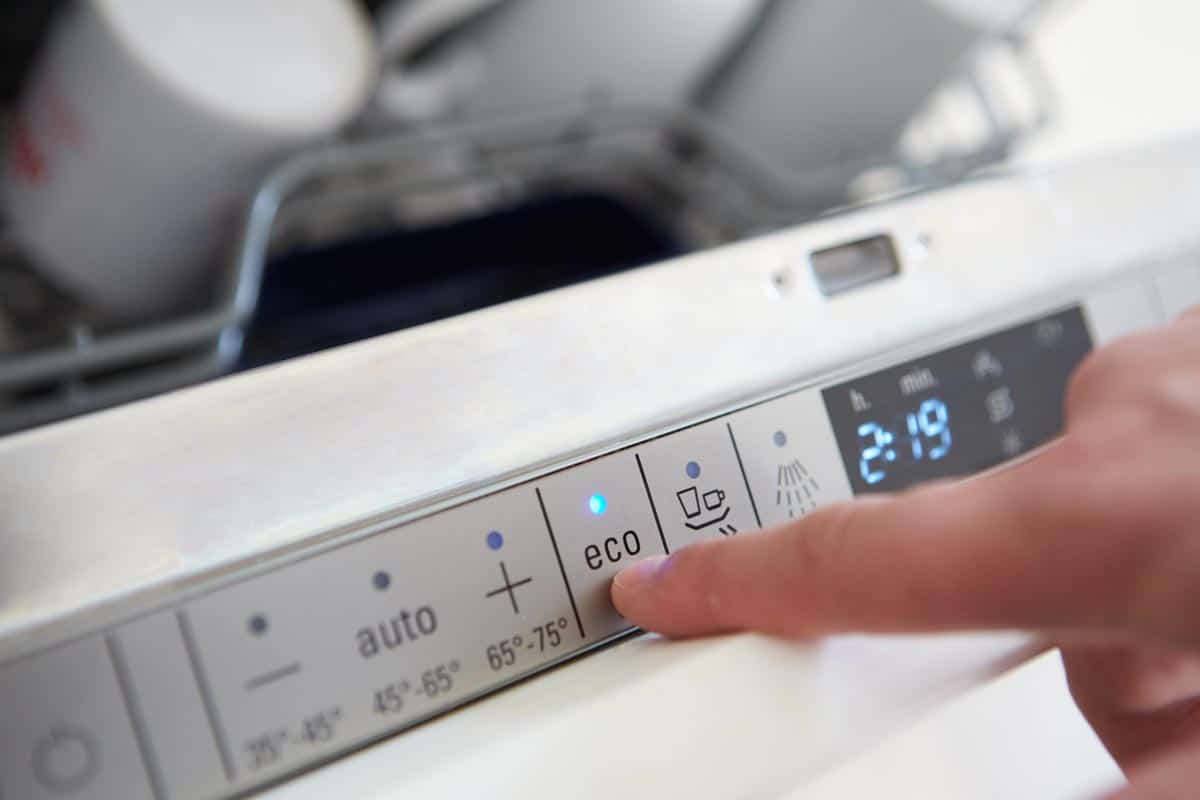

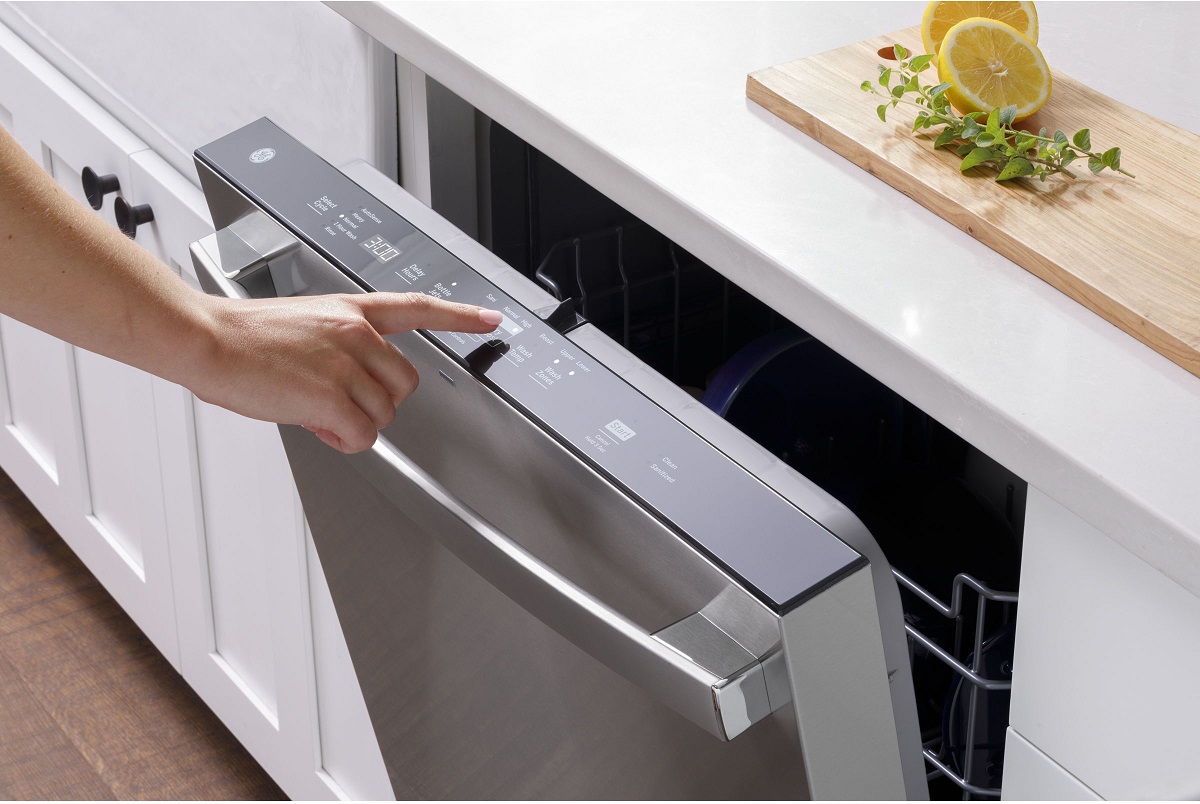
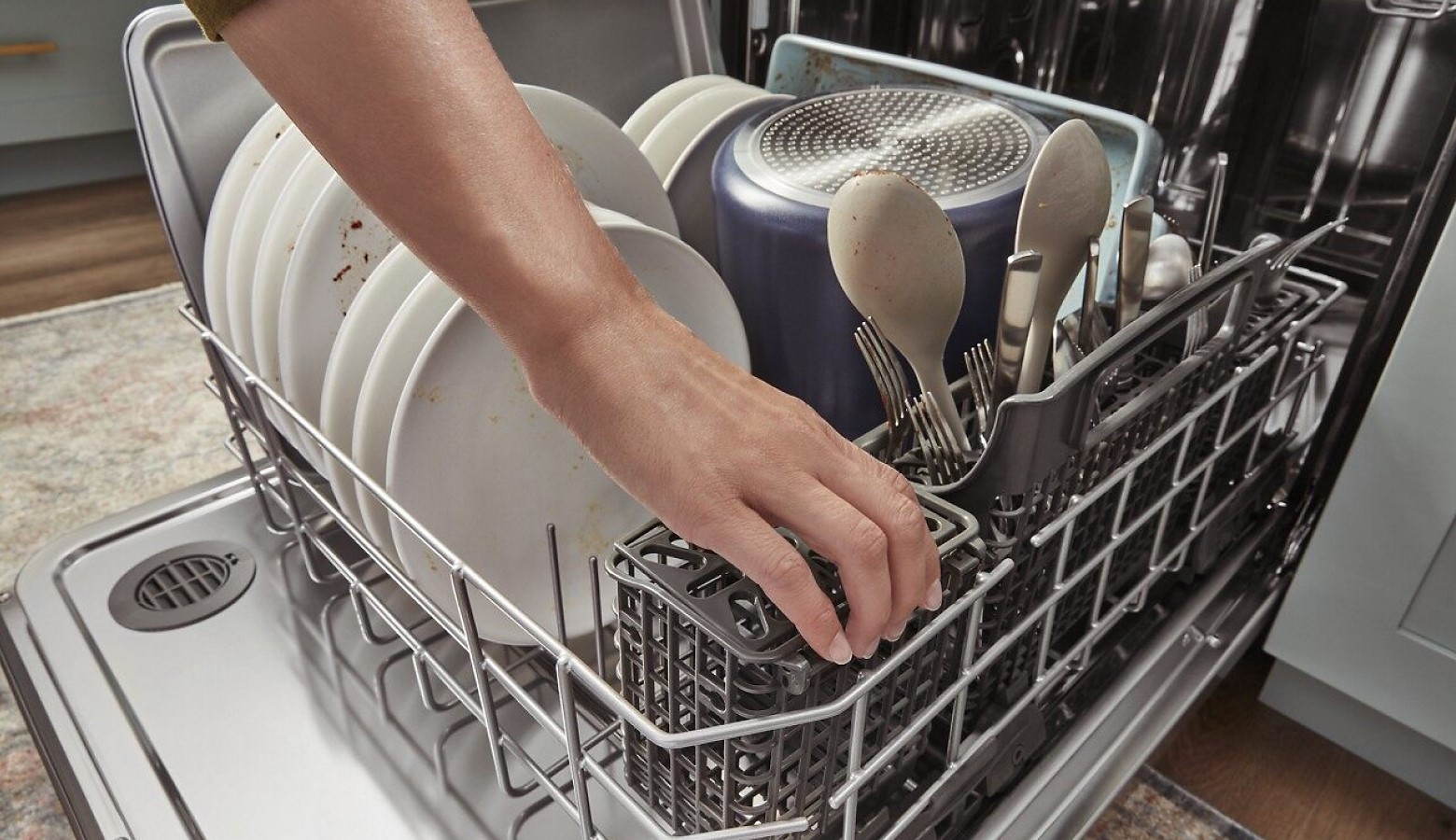
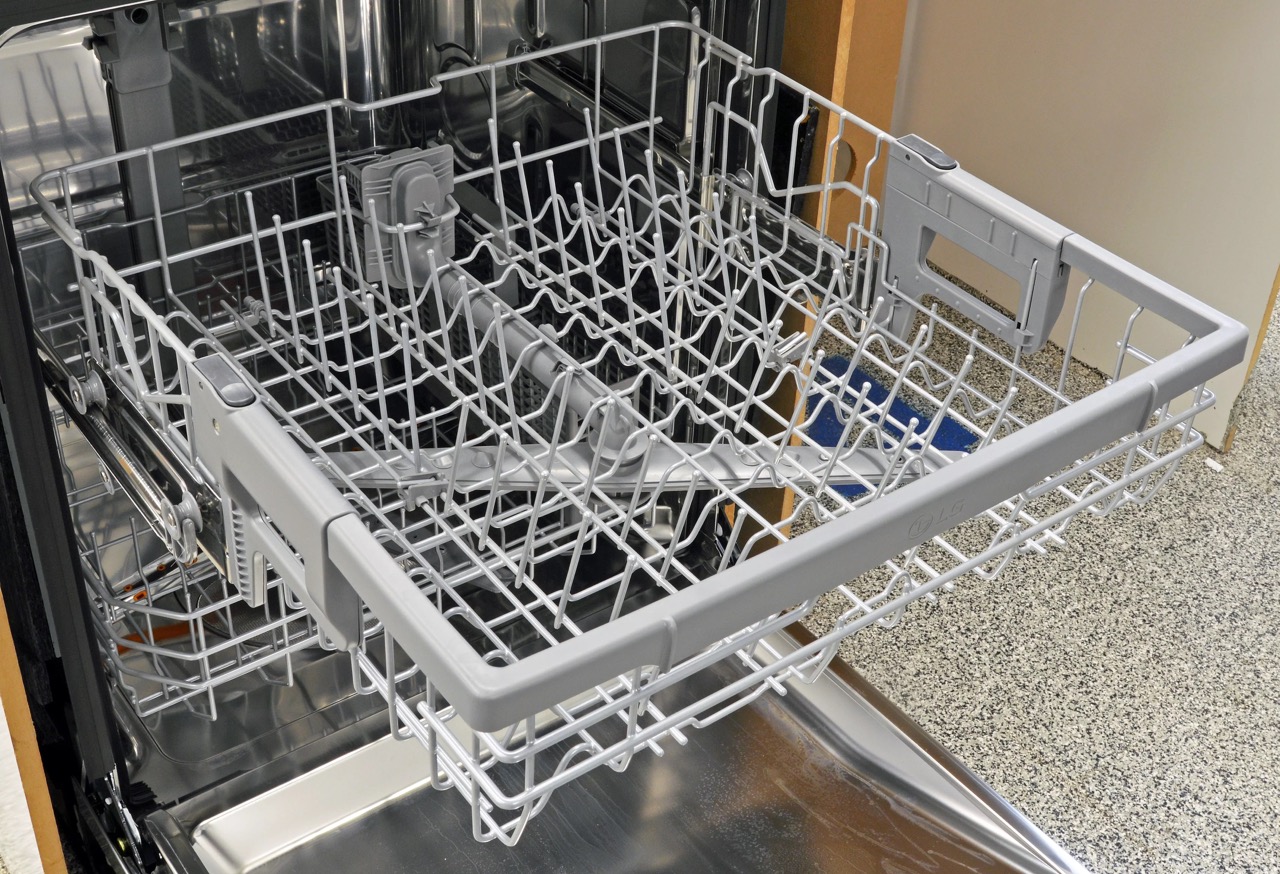
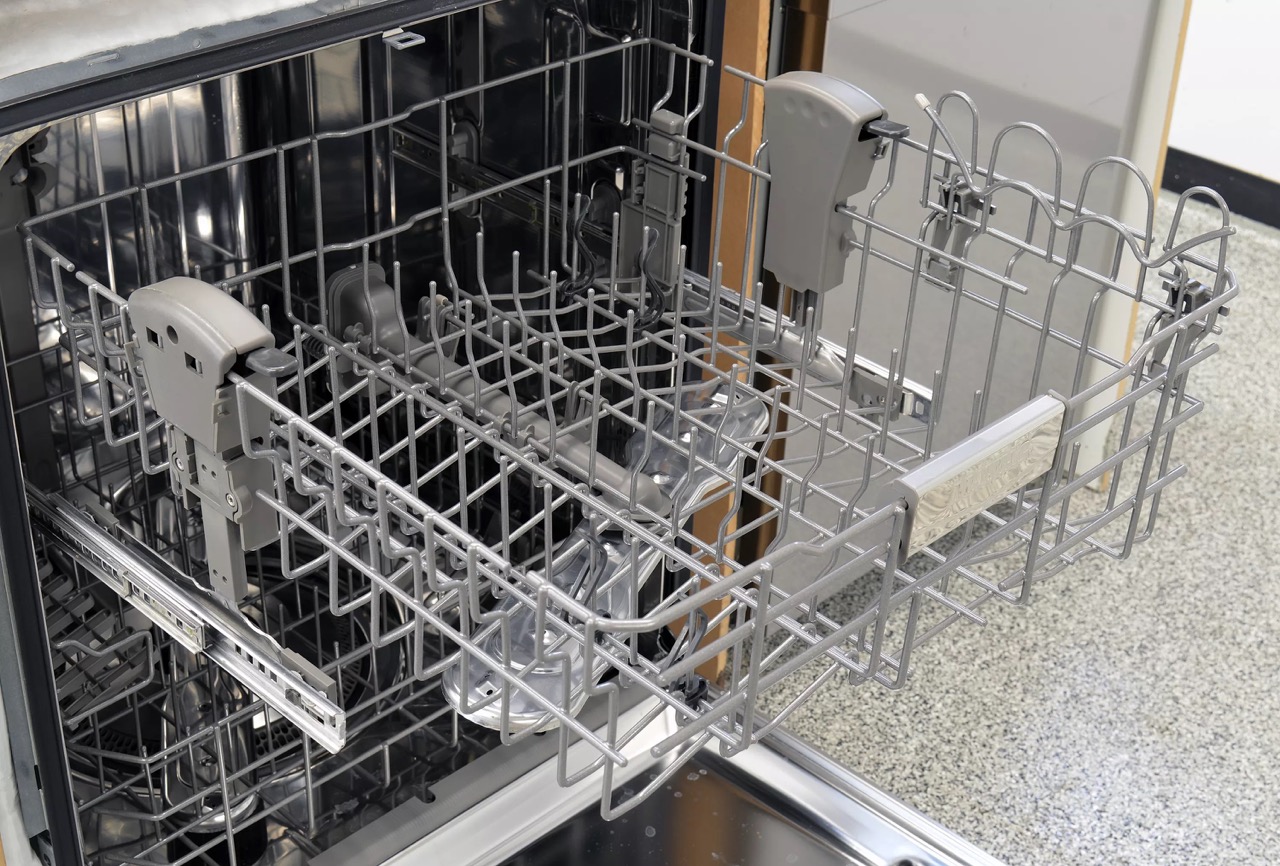
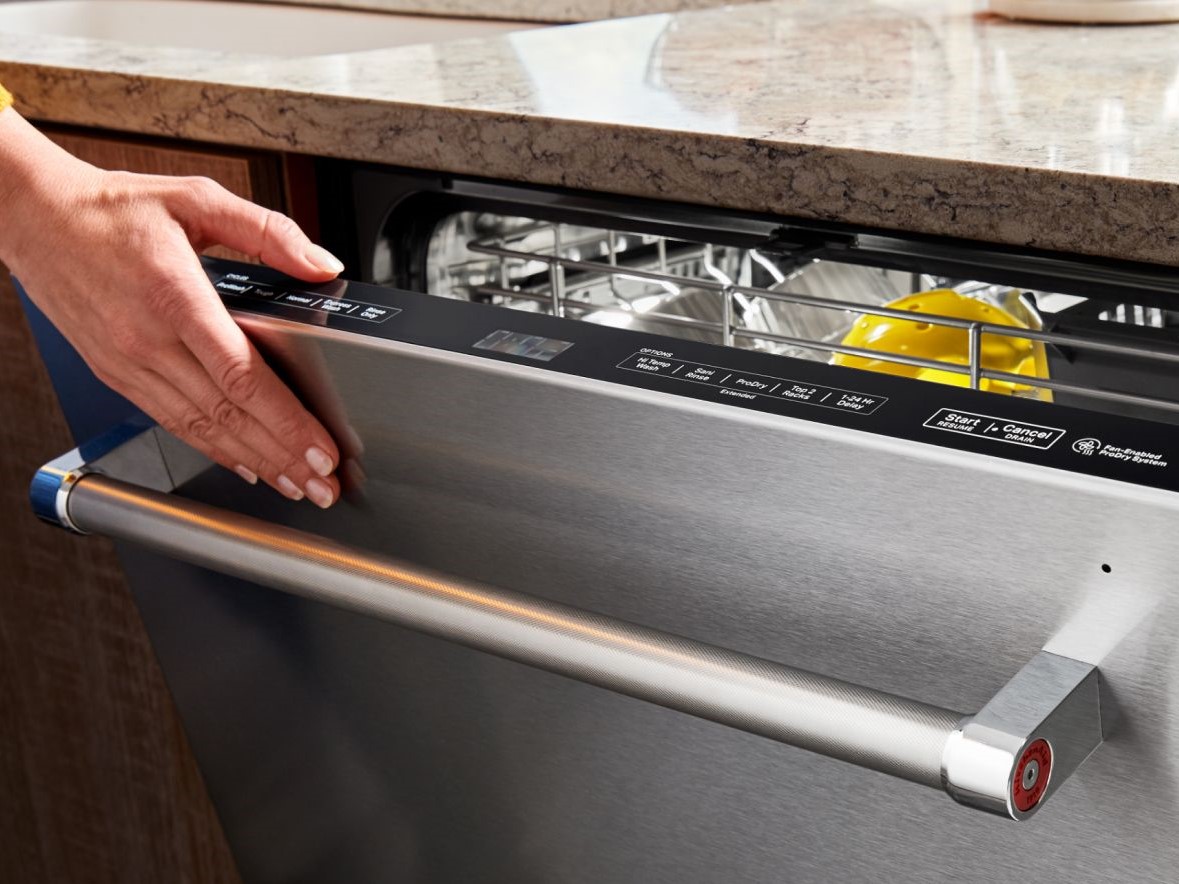

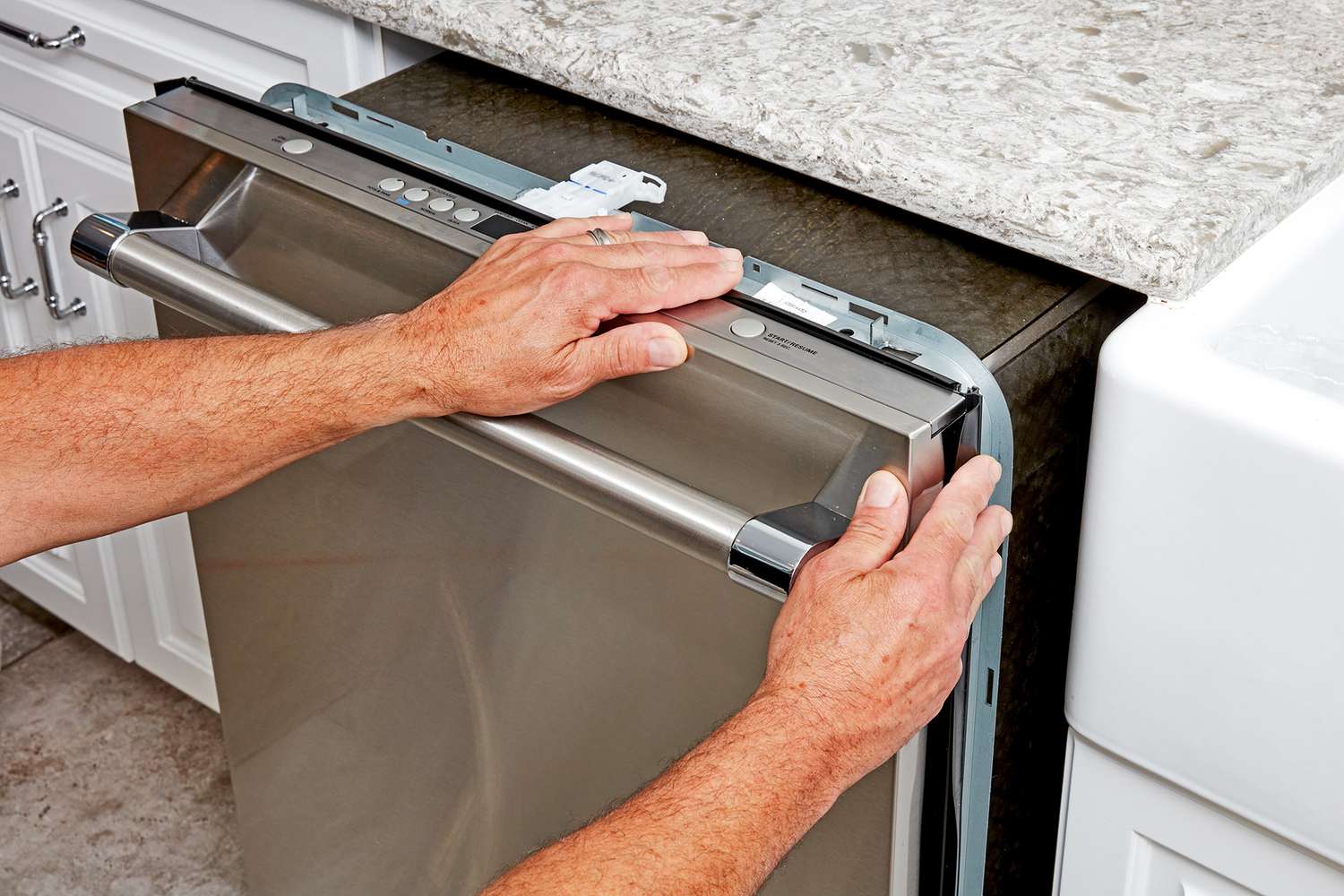
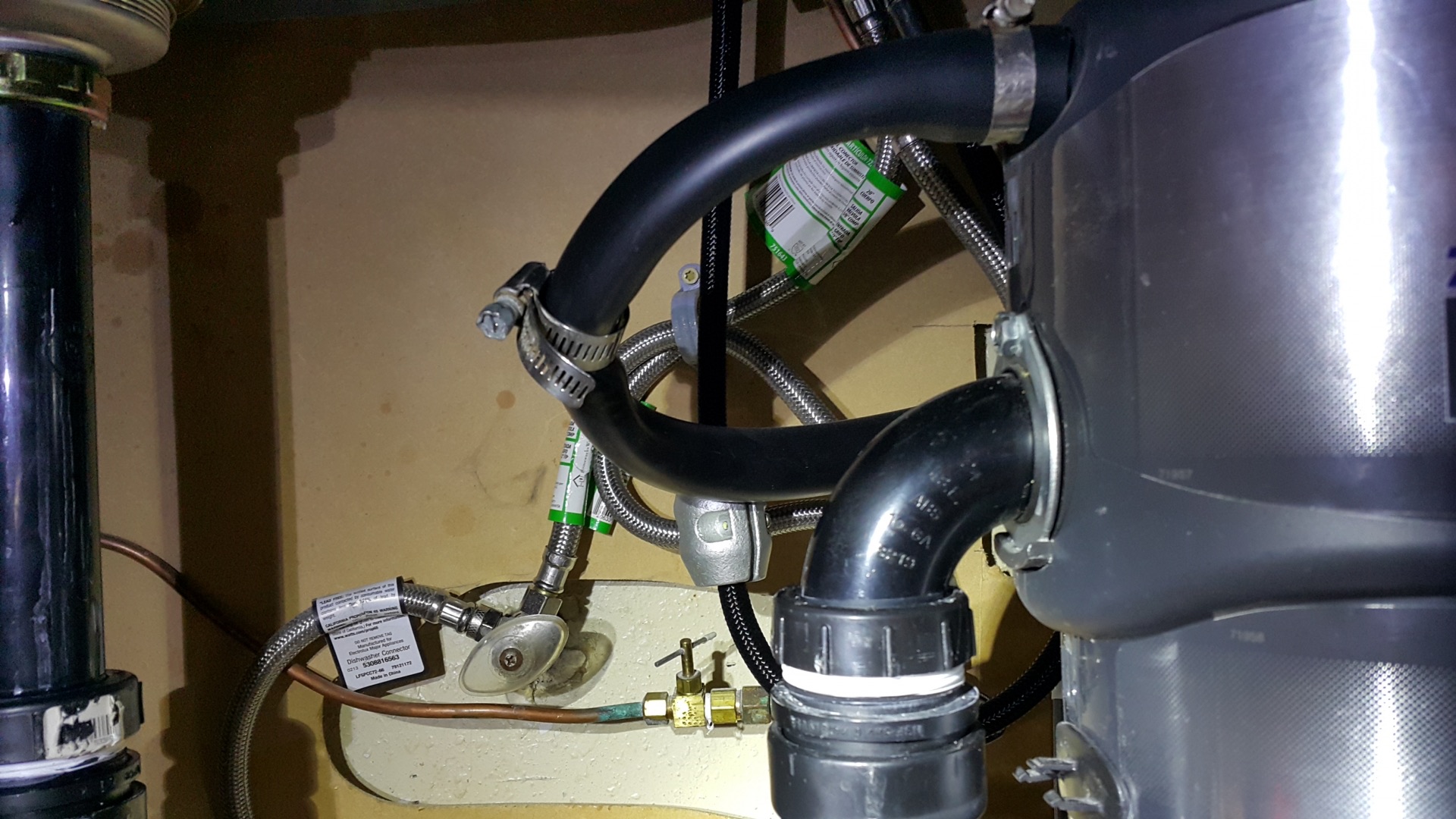

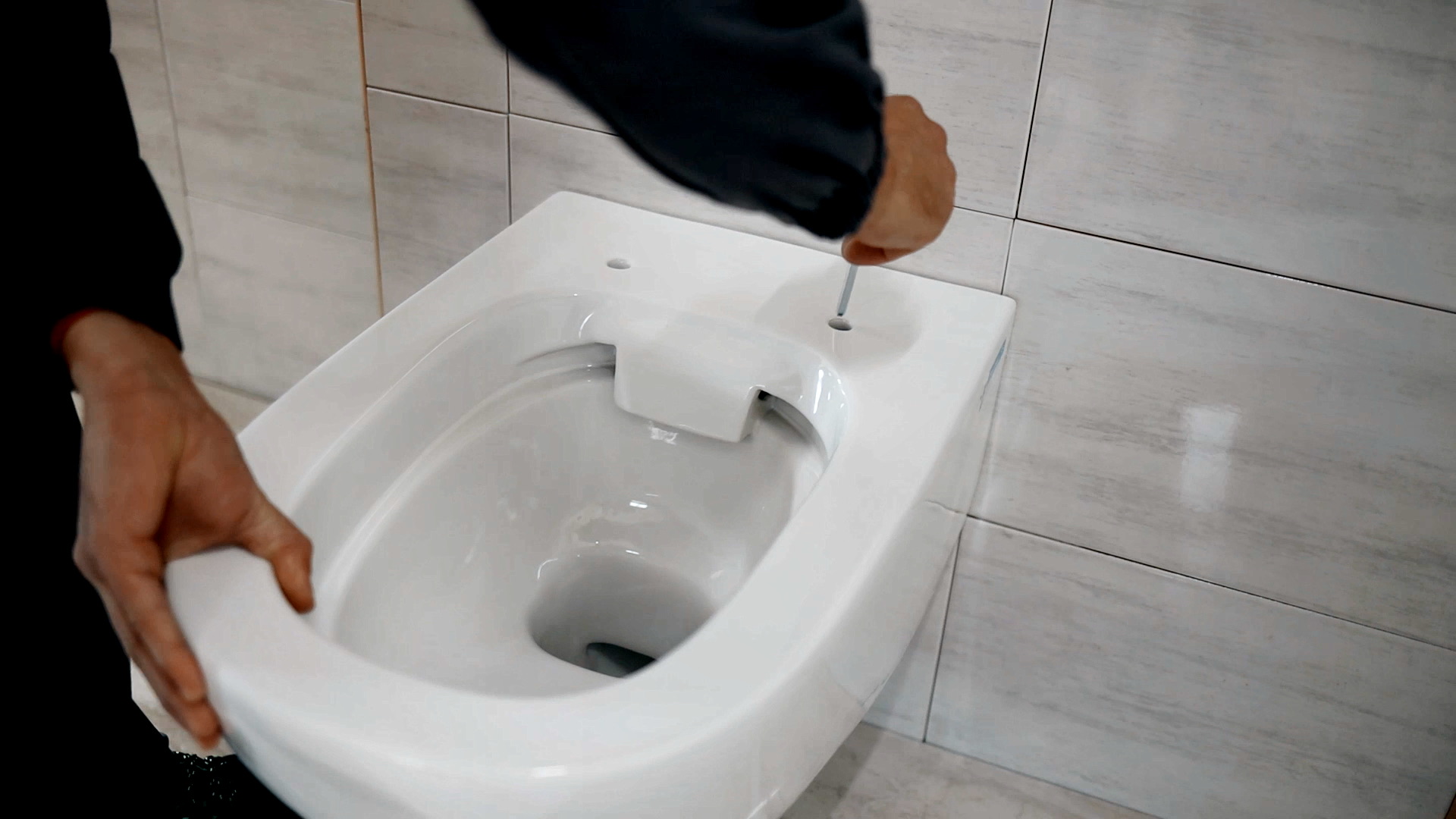
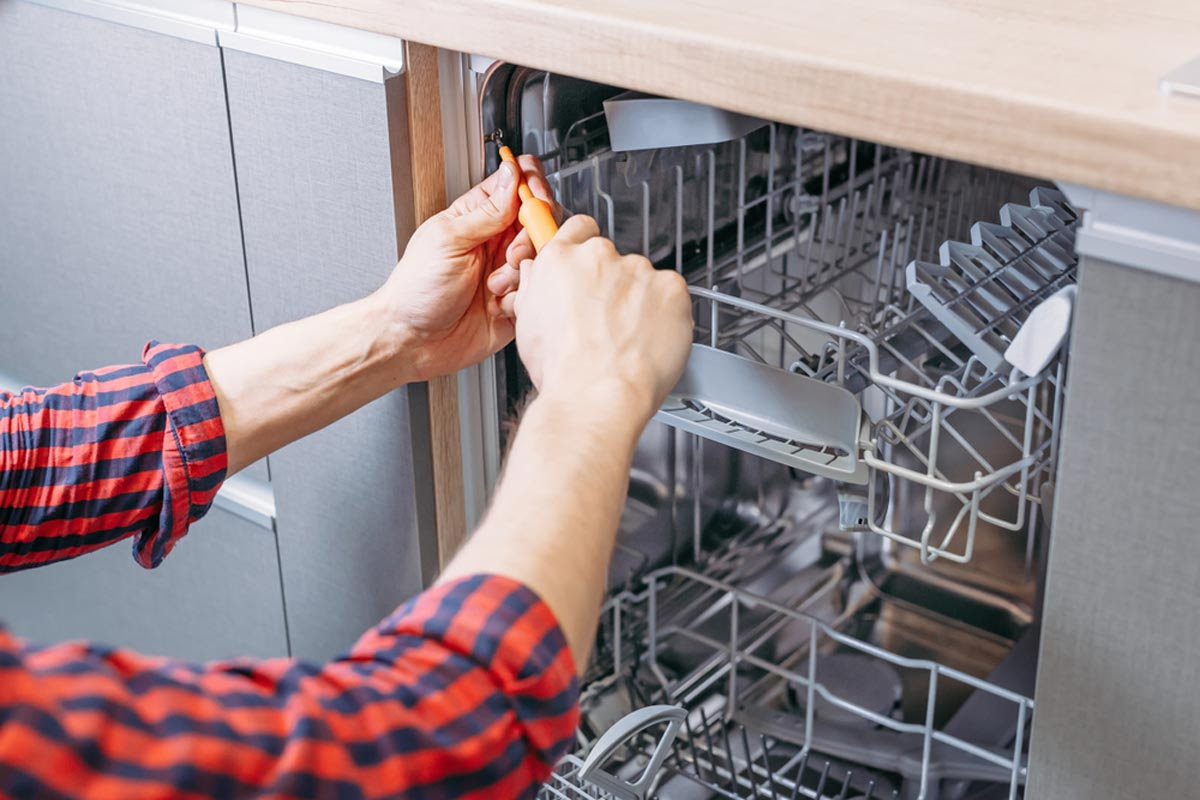
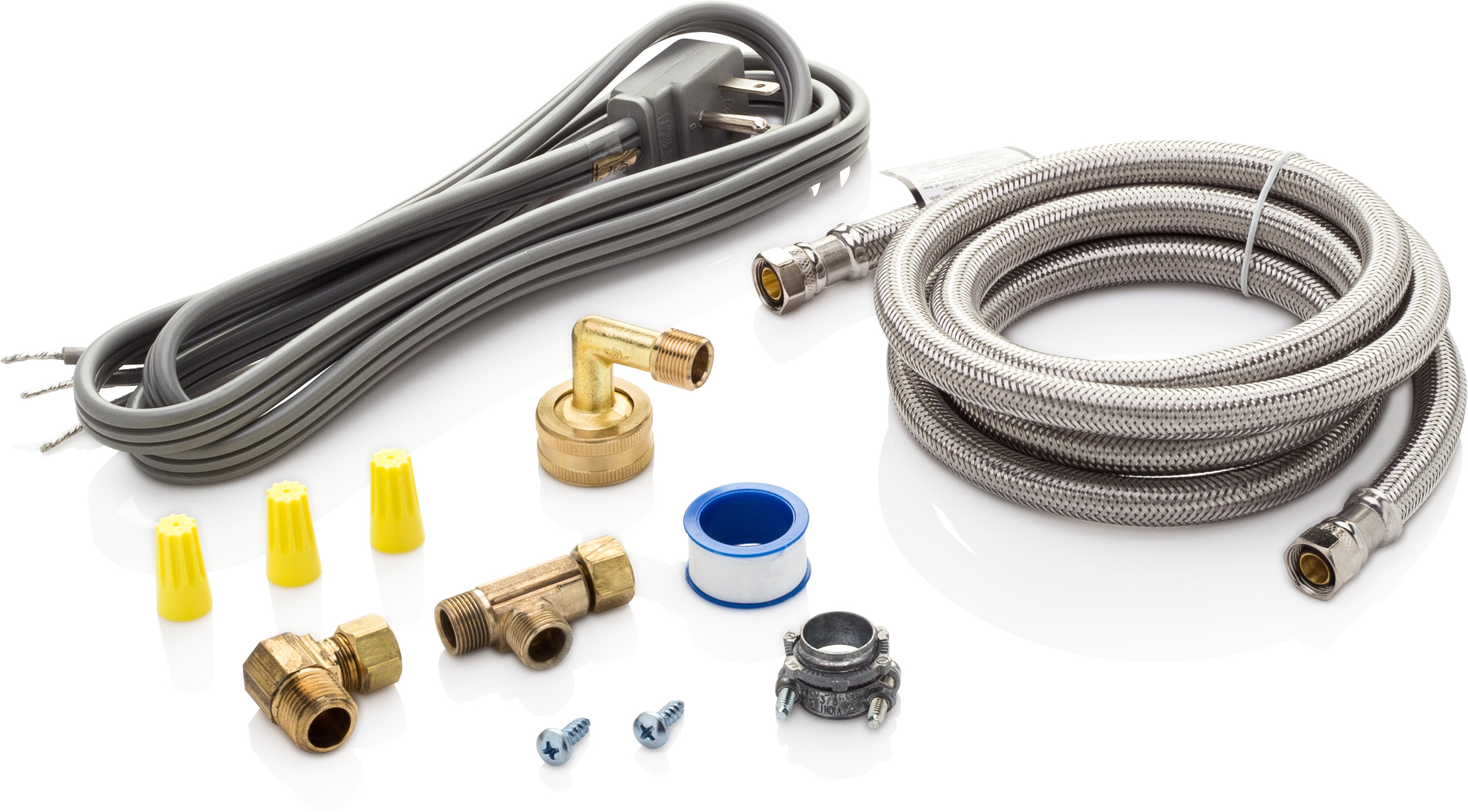

0 thoughts on “How Long To Install A Dishwasher”